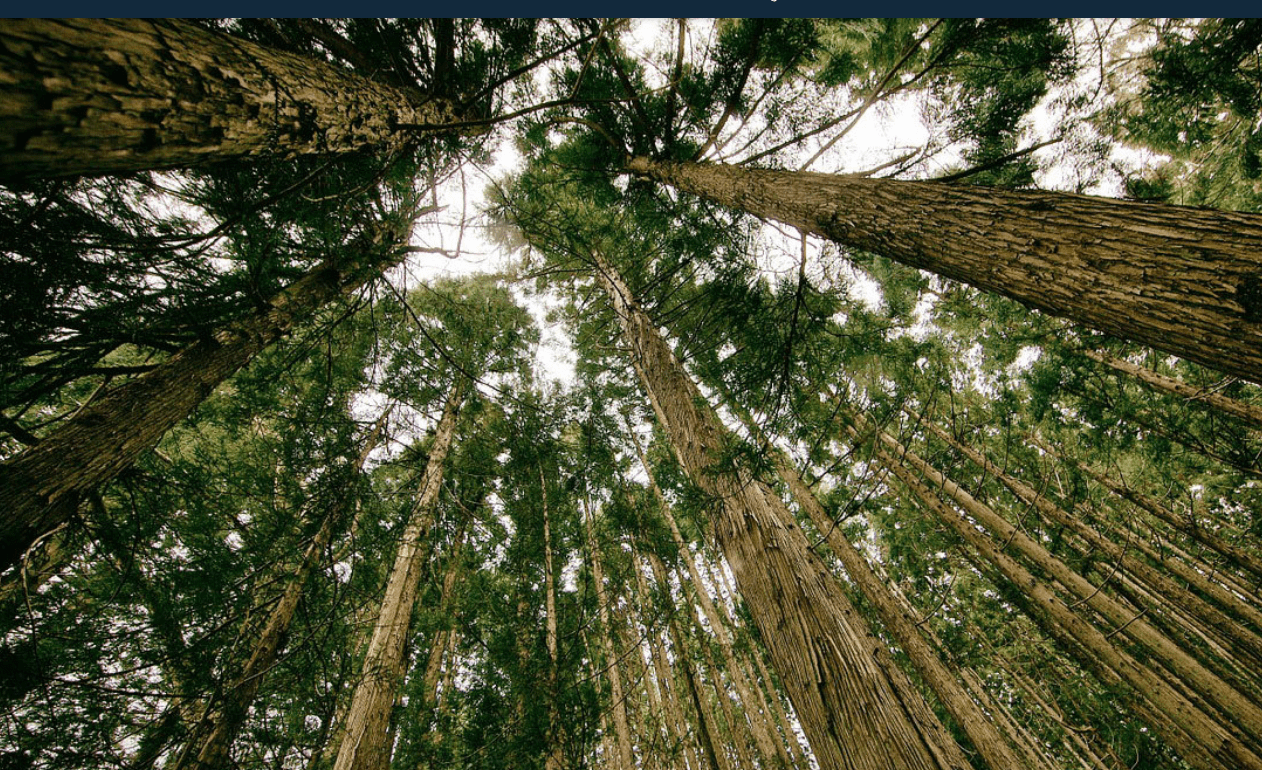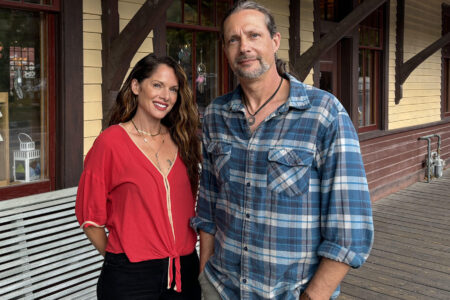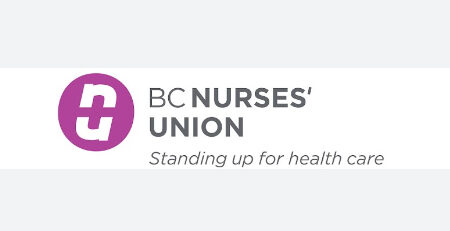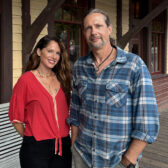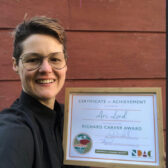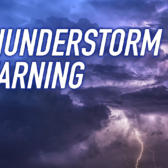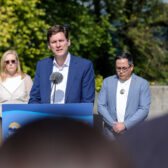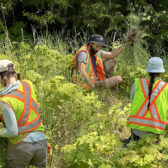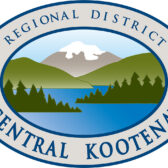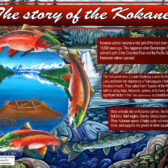Fuel mitigation project above Nelson seeks to right the balance: report
Some of the most necessary but least interesting work is moving ahead this summer as fuel modification resumes above the city in the forest surrounding Nelson.
Fuel modification continues in the Selous Creek area through the Selous Creek Wildfire Fuel Mitigation project, building an eyebrow of protection for Nelson through a three-metre wide no-tree zone.
The Regional District of Central Kootenay (RDCK) board of directors approved the fuel modification project to work to ensure fire does not escape into the forested stands south of the city, or “burn valuable reserve areas designed to meet visual landscape objectives.”
The board recently approved the RDCK entering into a contract with Sunshine Logging Limited — not to exceed $220,000 — to complete the post-harvest mechanical fuel modification treatment for the Selous Creek Wildfire Fuel Mitigation project.
In her report on the project, RDCK wildfire mitigation supervisor Angela French said the project allows the landscape to get back to its roots.
“The positive environmental factors to consider are that by modifying the fuel on the landscape, and then putting good fire back into the ecosystem, we are transitioning slowly back to what could be considered a more natural state,” she said.
“More obviously, considering the social value was the impetus for the creation of the project, (reducing) the fuel load in order to mitigate the risk of wildland urban interface fires adjacent to the City of Nelson and the RDCK Area E residents.”
In its fourth year since project inception, the Selous project is one of two remaining Forest Enhancement Society of B.C. (FESBC) grant funded wildfire risk reduction projects in the RDCK, and it is coming into the final stages of implementation, post-harvest treatment, French explained.
The time to cut and burn a tree to save a tree has come, said Area A director Garry Jackman.
“Organizations like FortisBC are realizing their vulnerability and they are wanting to clear some trees,” he said.
A portion of this project has been included in the 2022 RDCK Financial Plan, however an additional $200,000 needs to be added in. This will be a 100 per cent grant funded project and will have no net impact on taxation.
Post-harvest treatment
For this project the post-harvest mechanical fuel modification treatment has two objectives:
• create a three metre wide, fuel-free buffer around the perimeter of the harvested areas, and around internal retention patches, and prepare for a prescribed broadcast burn;
• rough bunch the fuels into piles and burn in areas where the B.C. Wildfire Service has identified as not being suitable for broadcast burning due to lower amounts of contiguous debris that remain on the site.
“In both scenarios, due to the steepness of the terrain in some areas, the machine will need to be tethered to a tie-back system and connected with a winch,” French stated. “This system assists the machine to move up and down the slope to complete the modification treatments.”
The project can be considered somewhat of a fuel reduction treatment pilot project, said French, since this type of project has not been completed to this extent by any of the project partners before.
“Winch-assist machine capability is uncommon for logging contractors in the Kootenays, however, due to the amount of steep terrain that surrounds high-risk wildland urban interface communities, it is forecasted to become highly sought after in order to complete these types of landscape level wildfire mitigation treatments,” French wrote in her report.
Source: RDCK June agenda
Where there’s smoke
The project’s broadcast burning could negatively add to the smoky skies effect.
The effects of smoke during the fall and potentially spring when prescribed burning and pile burning is taking place.
“There is a very specific window in which the conditions are right for these controlled fires to persist,” said French, and it includes temperature, venting and curing.
“This project has been in the media since inception, which has enhanced the awareness of the public about the necessity for fire, and in turn smoke. With this increased awareness it is anticipated that the messaging around ‘good fire’ versus the consequence of suppressing fire, inevitably increasing the risk of uncontrolled wildfire and smoke, will be supported socially.”


